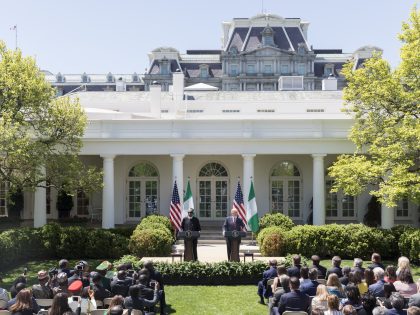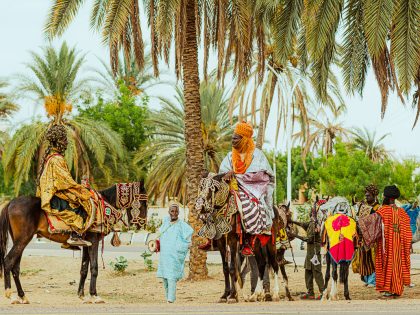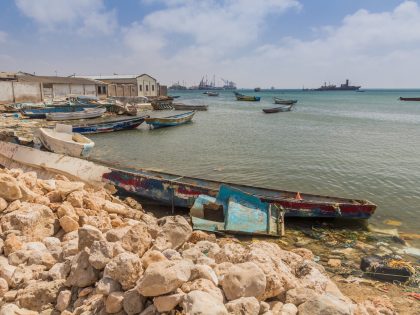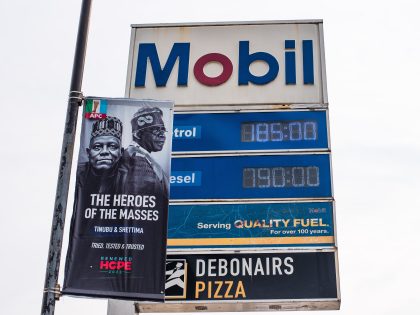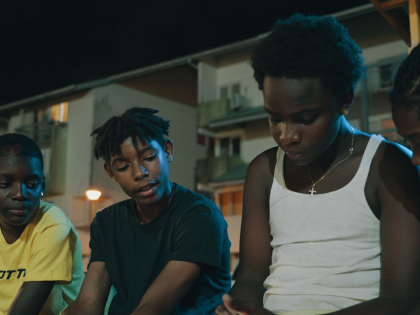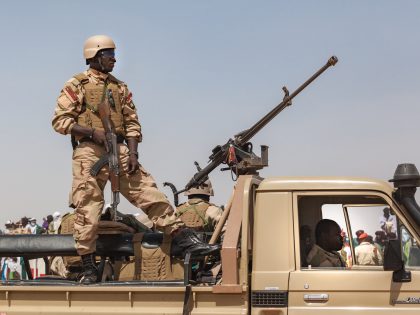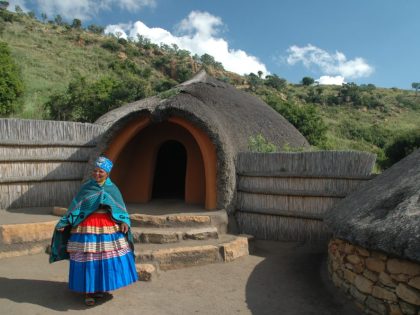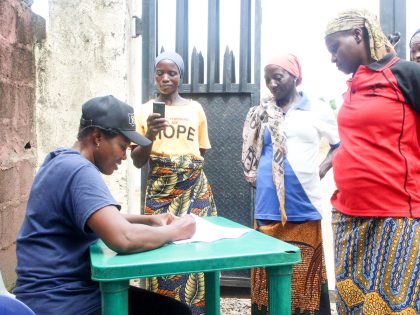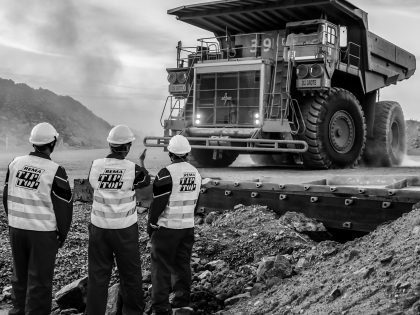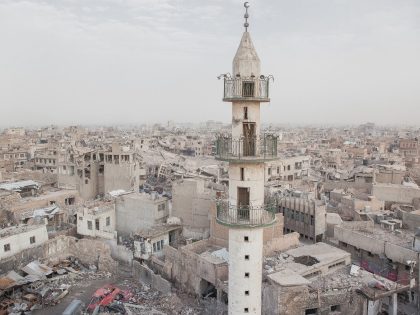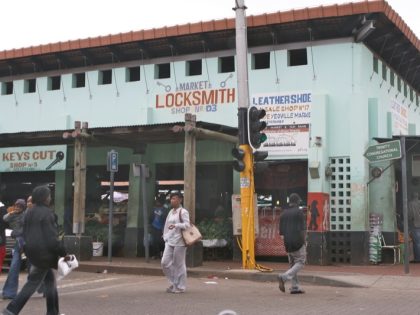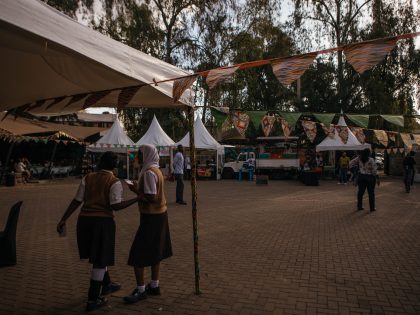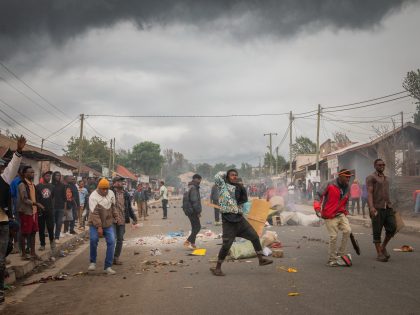The Gautrain
EDITED: Useful summary of the South African government’s ambitious plans for the first high-speed commuter train line in Sub-Saharan Africa; it’s from a story in The Globe and Mail about the large Canadian firm, Bombardier’s attempts to get their hands on much of the contracts on offer:
South Africa has announced an ambitious plan to upgrade its decaying rail system, with $14-billion to be spent on rolling stock over the next 18 years …
The 80-kilometre Gautrain line, the first high-speed train line in sub-Saharan Africa, is scheduled to be finished by the end of June, allowing passengers to zip between Johannesburg and Pretoria in as little as 26 minutes, with more than 100,000 daily passengers expected. Bombardier’s share of the project is worth more than $2-billion.
The first phase of the project was launched just days before the beginning of the World Cup last year, wowing tourists with its sleek modern trains between the international airport and the Johannesburg business hub of Sandton. But the final phase this month is much bigger … providing a full commuter service to compete with a traffic-clogged expressway.
The South African government will be looking for foreign financiers to support its railway upgrade plan at an investment conference in Cape Town [yesterday and today]. Nearly all of its existing rail fleet was built in the 1950s and 1960s, and its system is aging so rapidly that it was forced to curtail some of its intercity passenger services last year.
The government hopes to buy up to 9,000 new trains and carriages over the next 18 years, beginning next year. Most of the new rolling stock would be for commuter rail lines within the major urban areas …
… Rail companies from around the world, including China, will be bidding for the South African contracts. Some observers suspect that Chinese suppliers will have the edge, especially after a railway investment agreement was announced during a trade mission to China last year by South African President Jacob Zuma …
… Job creation is the top priority of the Zuma government, and it hopes to create up to 100,000 jobs for skilled and semi-skilled workers from its railway upgrade program.
There are also media reports that South Africa could approve a $30-billion high-speed railway between two of its biggest cities, Johannesburg and Durban, with a Chinese company seen as the likely winner of the deal after lobbying hard for it …
Meanwhile, local officials in Johannesburg say they would like to extend the Gautrain high-speed line to the east and south of its existing terminals.

